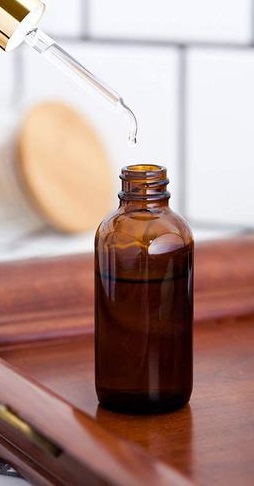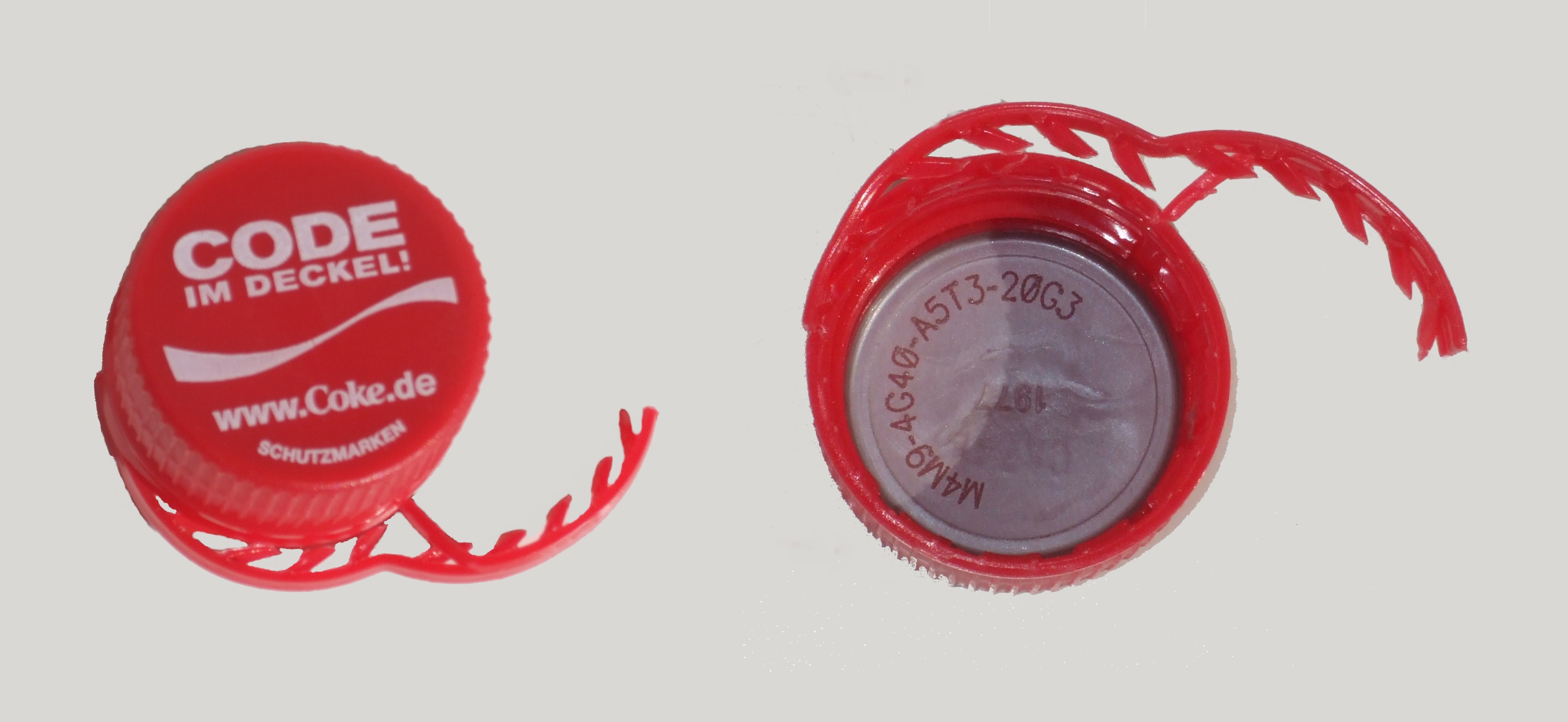|
Winchester (bottle)
A Boston round bottle, or Winchester bottle, is a strong, heavy bottle commonly used in the drug and chemical industries. It is often made of amber (brown) glass (to filter out UV light) but can also be made of plastics. History The "Winchester quart" bottle first appeared in the UK in the 19th century with a capacity of . At the time, a system of dry capacity measures known as "Winchester" was still in use. The Winchester bushel is still used in the US. However, the Winchester quart bottle has no relation whatsoever to any other units called "Winchester". In the 20th century, the Winchester Quart was metricated to two and a half litres. Construction A "Boston round" has a cylindrical shape without a handle and a short curved shoulder. It is threaded for closing with a screw cap. See also *Glass bottle * List of bottle types, brands and companies *Plastic bottle *Reagent bottle Reagent bottles, also known as media bottles or graduated bottles, are containers made of glass, ... [...More Info...] [...Related Items...] OR: [Wikipedia] [Google] [Baidu] |
Screw Cap
A screw cap or closure is a common type of closure for bottles, jars, and tubes. Usage A screw closure is a mechanical device which is screwed on and off of a "finish" on a container. Either continuous threads or lugs are used. It must be engineered to be cost-effective, to provide an effective seal (and barrier), to be compatible with the contents, to be easily opened by the consumer, often to be reclosable, and to comply with product, package, and environmental laws and regulations. Some closures need to be tamper resistant and have child-resistant packaging features. A tamper-evident band is a common tamper warning for screw caps of bottles, for example. Wine industry Screw caps' use as an alternative to cork for sealing wine bottles is gaining increasing support. A screw cap is a metal cap that screws onto threads on the neck of a bottle, generally with a metal skirt down the neck to resemble the traditional wine capsule ("foil"). A layer of plastic (often PVDC), cork, ... [...More Info...] [...Related Items...] OR: [Wikipedia] [Google] [Baidu] |
Glass Bottle
A glass bottle is a bottle made from glass. Glass bottles can vary in size considerably, but are most commonly found in sizes ranging between about 200 millilitres and 1.5 litres. Common uses for glass bottles include food condiments, soda, liquor, cosmetics, pickling and preservatives; they are occasionally also notably used for the informal distribution of notes. These types of bottles are utilitarian and serve a purpose in commercial industries. History Glass bottles and glass jars are found in many households worldwide. The first glass bottles were produced in Mesopotamia around 1500 B.C., and in the Roman Empire around 1 AD. America's glass bottle and glass jar industry was born in the early 1600s, when settlers in Jamestown built the first glass-melting furnace. The invention of the automatic glass bottle-blowing machine in 1903 industrialized the process of making bottles. Manufacture The earliest bottles or vessels were made by ancient man. Ingredients were melte ... [...More Info...] [...Related Items...] OR: [Wikipedia] [Google] [Baidu] |
List Of Bottle Types, Brands And Companies
This is a list of bottle types, brands and companies. A bottle is a rigid container with a neck that is narrower than the body, and a "mouth". Bottles are often made of glass, clay, plastic, aluminum or other impervious materials, and are typically used to store liquids. The bottle has developed over millennia of use, with some of the earliest examples appearing in China, Phoenicia, Rome and Crete. Bottles are often recycled according to the SPI recycling code for the material. Some regions have a container deposit which is refunded after returning the bottle to the retailer. A * Aluminum bottle B * Baby bottle :* Sippy cup * Beer bottle :* Bottle conditioning :* De Nederlandse Bierfles (pijpje) :* Growler :* Types of beer bottles * Bobble water bottle * Bocksbeutel * Borosilicate bottles * Boston round * Bota bag * Bottle garden * Bottle trap for insects * Bridge-spouted vessel C * Calabash also known as a ''bottle gourd'' * Canteen * Carboy * Coca-Cola bottle * Hira ... [...More Info...] [...Related Items...] OR: [Wikipedia] [Google] [Baidu] |
Plastic Bottle
A plastic bottle is a bottle constructed from high-density or low density plastic. Plastic bottles are typically used to store liquids such as water, soft drinks, motor oil, cooking oil, medicine, shampoo, milk, and ink. The size ranges from very small bottles to large carboys. Consumer blow molded containers often have integral handles or are shaped to facilitate grasping. Plastic was invented in the 19th century and was originally used to replace common materials such as ivory, rubber, and shellac. Plastic bottles were first used commercially in 1947, but remained relatively expensive until the early 1950s when high-density polyethylene was introduced. They quickly became popular with both manufacturers and customers because compared to glass bottles, plastic bottles are lighter, cheaper and easier to transport. However, the biggest advantage plastic bottles have over their glass counterparts is their superior resistance to breakage, in both production and transportation. Ex ... [...More Info...] [...Related Items...] OR: [Wikipedia] [Google] [Baidu] |
Reagent Bottle
Reagent bottles, also known as media bottles or graduated bottles, are containers made of glass, plastic, borosilicate or related substances, and topped by special caps or stoppers. They are intended to contain chemicals in liquid or powder form for laboratories and stored in cabinets or on shelves. Some reagent bottles are tinted amber (actinic), brown or red to protect light-sensitive chemical compounds from visible light, ultraviolet and infrared radiation which may alter them; other bottles are tinted blue (cobalt glass) or uranium green for decorative purposes -mostly vintage apothecary sets, from centuries in which a doctor or apothecary was a prominent figure. The bottles are called "graduated" when they have marks on the sides indicating the approximate (often with a 10% error) amount of liquid at a given level within the container. A reagent bottle is a type of laboratory glassware. The term "reagent" refers to a substance that is part of a chemical reaction (or an ingredie ... [...More Info...] [...Related Items...] OR: [Wikipedia] [Google] [Baidu] |
Laboratory Glassware
Laboratory glassware refers to a variety of equipment used in scientific work, and traditionally made of glass. Glass can be blown, bent, cut, molded, and formed into many sizes and shapes, and is therefore common in chemistry, biology, and analytical laboratories. Many laboratories have training programs to demonstrate how glassware is used and to alert first–time users to the safety hazards involved with using glassware. History Ancient era The history of glassware dates back to the Phoenicians who fused obsidian together in campfires making the first glassware. Glassware evolved as other ancient civilizations including the Syrians, Egyptians, and Romans refined the art of glassmaking. Mary the Jewess, an alchemist in Alexandria during the 1st century AD, is credited for the creation of some of the first glassware for chemical such as the ''kerotakis'' which was used for the collection of fumes from a heated material. Despite these creations, glassware for chemical us ... [...More Info...] [...Related Items...] OR: [Wikipedia] [Google] [Baidu] |





